This winter, your home should work as hard as you do.
Every winter, families across Ohio and West Virginia brace themselves for rising utility bills. Between unpredictable weather patterns, cold snaps, and rate increases, heating costs can take a real bite out of the monthly budget.
But here’s the good news many homeowners don’t realize:
Families living in a well-built, energy-efficient home are paying far less to stay warm — often saving hundreds of dollars each winter.
And many of those families happen to be ours.
At D&W Homes, we consistently hear from homeowners who are shocked by how low their energy bills are in the coldest months. They’re not cutting back on comfort. They’re not dialing thermostats down to uncomfortable levels. They simply live in homes that work smarter — not harder.
So the big question becomes: Are you saving as much as you could be?
Why Quality Construction Matters Even More in Winter
During economic downturns, families with energy-efficient homes tend to fare better financially. Why?
Because a well-built home doesn’t just keep you warm — it protects your budget.
And the biggest gains show up in three essential areas:
- Lower monthly energy bills
- Reduced long-term maintenance costs
- Faster equity building due to shorter build times
When your home is designed, engineered, and constructed with performance in mind, winter doesn’t stand a chance — and neither do oversized heating bills.
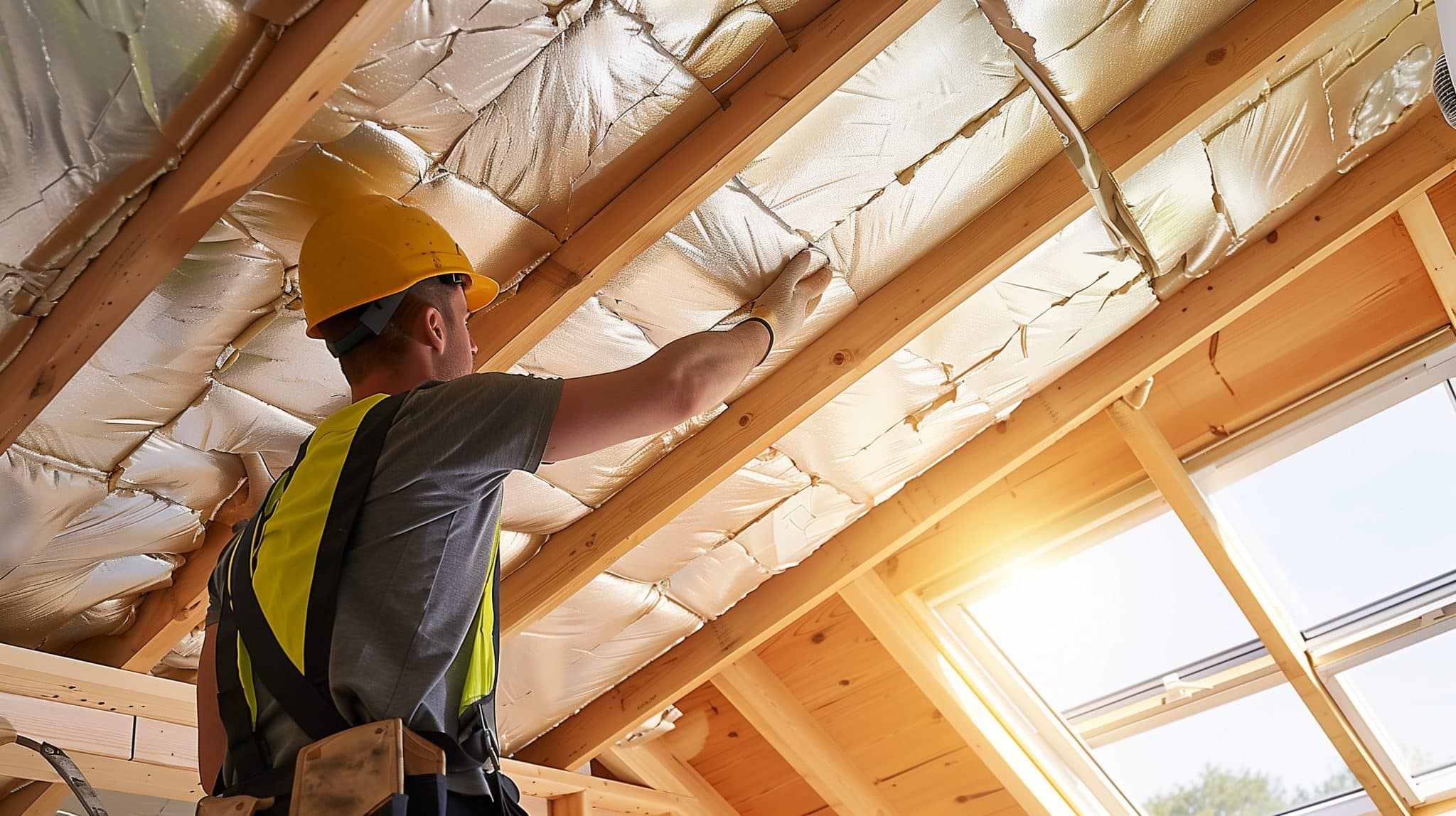
1. Built for Winter: How Homeowners Save Hundreds Each Year
A tighter, warmer home = lower bills month after month
One of the biggest advantages our homeowners enjoy is simple: Their homes hold heat incredibly well.
Between high insulation values, advanced construction techniques, and precise indoor building conditions, these homes are designed to eliminate drafts, reduce heat loss, and regulate temperatures efficiently.
Tight construction seals out winter air
Every seam and corner is built with precision. That means fewer gaps, fewer leaks, and less wasted energy.
High-performance windows and doors keep warmth inside
Better sealing plus better materials means better comfort and lower bills.
Protected materials maintain long-term performance
Lumber and insulation never sit outside in the rain or snow during construction — meaning they stay straight, dry, and effective.
The result?
Homeowners consistently report noticeably lower winter utility costs compared to older or traditionally built homes.
2. Reduced Maintenance = More Savings Year After Year
Energy bills aren’t the only savings our homeowners see.
A well-built home doesn’t just keep you warm — it keeps you out of repair mode.
Protected construction materials mean fewer issues later
Because components are built indoors, they aren’t exposed to weather that can cause warping, swelling, or early deterioration.
Stronger framing means fewer long-term repairs
Homes built in sections must withstand transportation and craning, so they’re engineered to be incredibly strong.
Less maintenance protects your budget
When the economy gets shaky, not having a list of expensive repairs is a big deal.
A quality-built home gives you confidence — and predictable costs.
3. Faster Build Times = Faster Equity (and Faster Savings)
One of the most overlooked financial advantages of factory-built construction is speed.
Your home is built while your site is being prepared
This eliminates months of downtime — and months of additional expenses.
You move in sooner, which means you save sooner
No more paying rent and paying for your build at the same time.
Your energy-efficient home starts lowering your bills the moment you’re in it.
Guaranteed pricing protects against inflation
When you sign your agreement, your price is locked in unless you choose upgrades — a huge advantage in unpredictable markets.
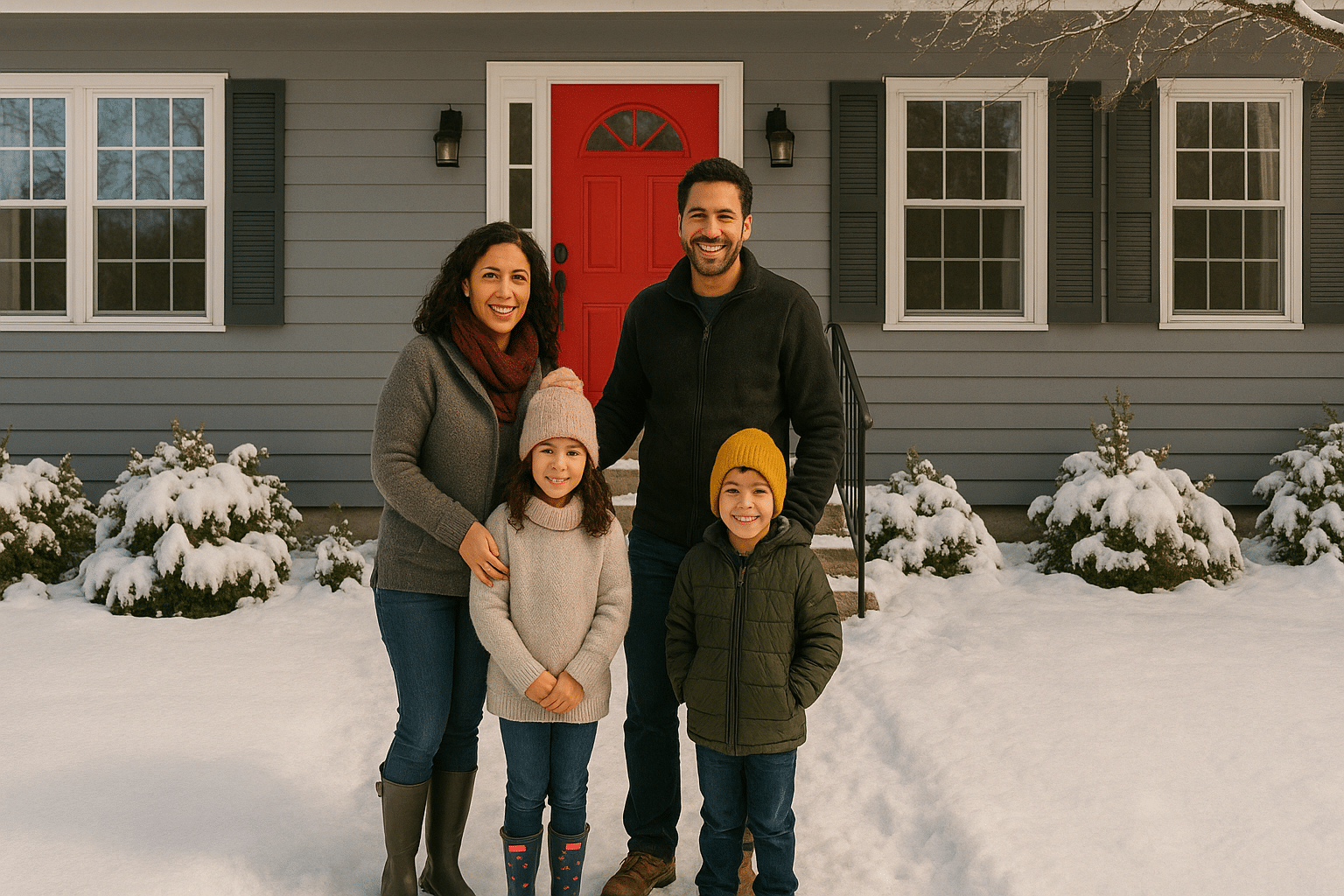
4. New Homes vs. Older Homes: The Winter Showdown
Older homes — even those remodeled — simply can’t compete with modern efficiency standards.
Older homes lose a lot of heat due to leaks and poor insulation
That’s money literally drifting out through the walls and attic.
Traditional on-site construction faces weather delays and material damage
Cold-weather building can compromise framing and insulation performance.
Modern high-efficiency homes outperform many older stick-built and manufactured homes
You get stronger materials, better sealing, and a warmer, more comfortable home that costs far less to heat.
5. Floor Plans Built With Efficiency (and Families) in Mind
Our homeowners don’t just save money — they enjoy living in homes designed for the way families really live. Here are three of our favorites
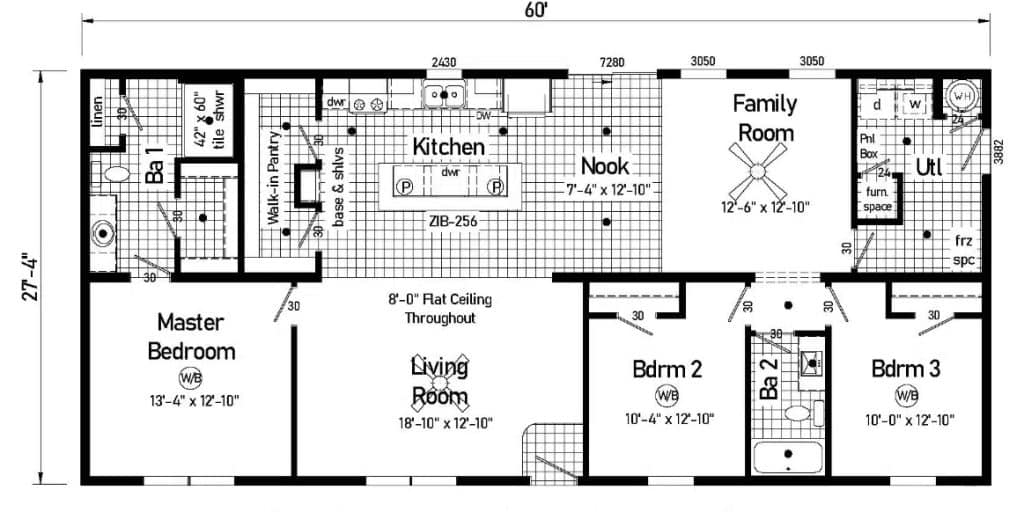
This 3-bedroom, 2-bath home offers a smart, family-friendly layout with an open living area, spacious kitchen, and a private master suite. Built with energy-efficient construction techniques, it maintains consistent indoor temperatures and reduces monthly heating costs. Its compact design and tightly sealed exterior make it a warm, comfortable, and budget-friendly choice for Ohio winters.
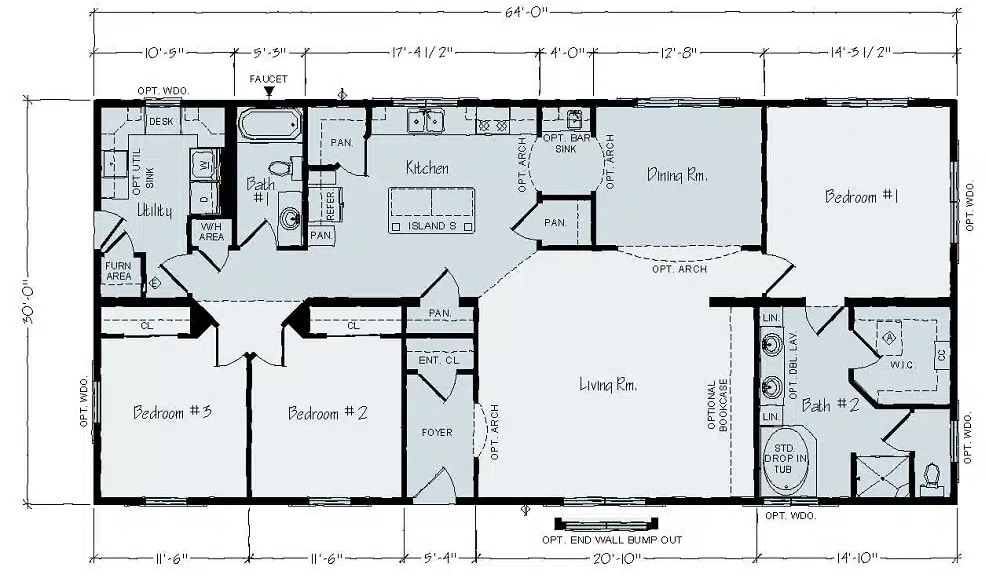
This well-designed 3-bedroom home features a spacious open living room, a large kitchen with an island, and a private owner’s suite with a spa-inspired bath and walk-in closet. Built with energy-efficient construction that reduces drafts and maintains consistent temperatures, it offers year-round comfort and lower monthly utility costs.
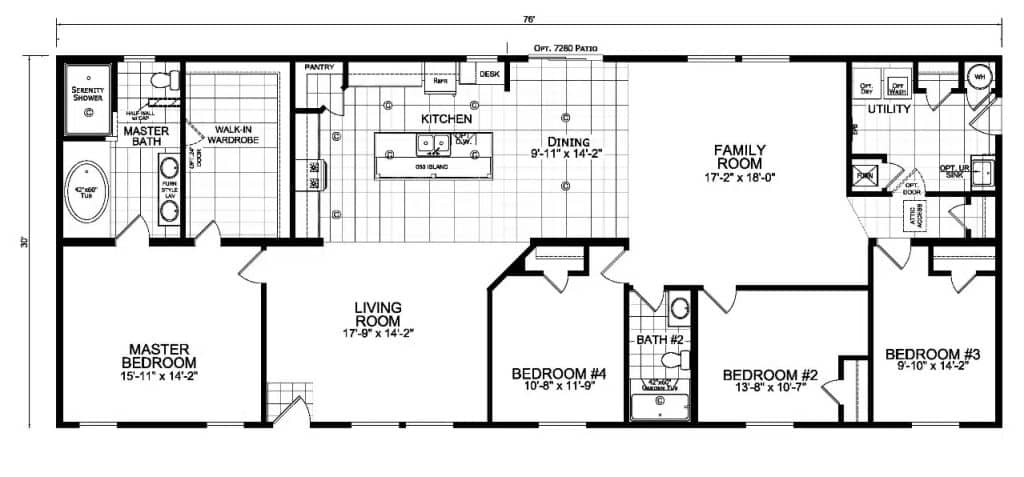
This spacious 4-bedroom home features two large living areas, a well-appointed kitchen, and a private master suite, with multiple optional layouts to fit your family’s needs. Designed with modern energy-efficient construction, it maintains consistent comfort year-round while helping reduce heating and cooling costs.
Want to explore more plans that keep your family warm and your bills low?
Search Floor Plans, Get Pricing, or Visit a Model Center to see what’s possible for your family.
FAQs: What You Should Know About Winter Energy Savings
Yes, because the materials were protected and inside during construction, the home stays airtight and high-performing.
Homes built indoors using modular construction have unique opportunities to insulate, seal, and protect areas that a home built outdoors on your land simply can’t match. Because the materials stay dry and the construction environment is controlled, off-site building allows for tighter sealing, better insulation, and greater overall efficiency — resulting in a home that loses less heat and costs less to maintain.
No. Indoor construction improves precision and reduces weather damage, resulting in a stronger home.
A tight building envelope, advanced insulation, efficient windows, and properly sized HVAC systems, which are all characteristings of offsite-built homes using modular construction.
This Winter, Your Home Should Work as Hard as You Do
While many families are struggling with rising energy bills, our homeowners are experiencing the opposite — lower costs, warmer homes, and peace of mind.
And the best part?
Those savings aren’t just for this winter.
They last for every winter ahead.
If you’d like to explore how much you could save with a better-built home, we’re here to help.
Warm homes, lower bills, and brighter futures start here.
Every November, as families gather around their tables to give thanks, we at D&W Homes take a moment to appreciate…
Read MoreIf you’re exploring new home construction options, you’ve likely come across the term modular home. While the term modular home…
Read MoreWhat to know before before picking a floor plan Before you dive into browsing floor plans and imagining life in…
Read More


